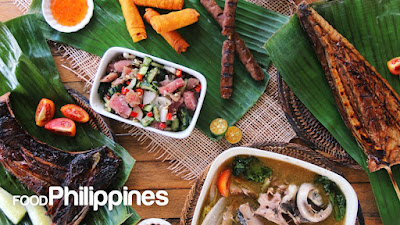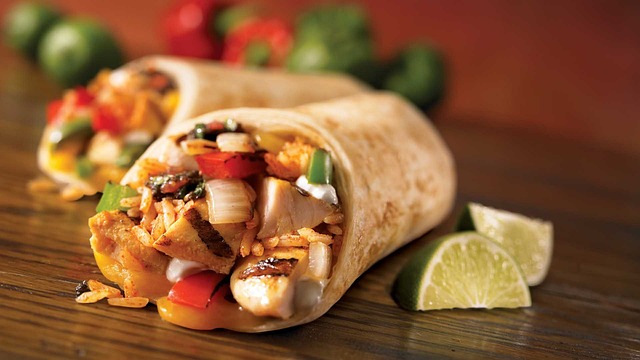Introduction
Briefly introduce Filipino cuisine and its significance
Highlight the unique blend of flavors and influences in Filipino food
Mention the increasing popularity of Filipino cuisine worldwide
Regional Diversity in Filipino Cuisine
Discuss the various regions in the Philippines known for their distinct culinary traditions
Highlight the culinary specialties and ingredients unique to each region
Luzon
Mention famous dishes such as adobo, sinigang, and sisig
Discuss the use of ingredients like vinegar, soy sauce, and coconut milk
Visayas
Mention popular dishes like kinilaw, lechon, and kanji
Discuss the influence of Spanish and Chinese cuisines on Visayan dishes
Mindanao
Mention iconic dishes like beef kurma, title item, and pigging
Discuss the use of spices like turmeric and ginger in Mindanaoan cuisine
Staple Ingredients in Filipino Cooking
Rice
Discuss the importance of rice in Filipino cuisine and its role as a staple food
Mention popular rice-based dishes like sinangag, arroz caldo, and bibingka
Coconut
Highlight the extensive use of coconut milk, coconut cream, and coconut oil in Filipino cooking
Mention dishes like Laing, tinola, and Bicol express that showcase the flavor of coconut
Fish and Seafood
Discuss the abundance of fish and seafood in the Philippines due to its geographical location
Mention popular seafood dishes like sinigang na hipon, paksiw na isda, and grilled bangus
Pork
Mention the popularity of pork in Filipino cuisine and its versatility in dishes like adobo and lechon
Discuss the traditional method of cooking pig in a whole spit roast, known as lechon
Influences on Filipino Cuisine
Indigenous influences
Discuss the traditional cooking methods and ingredients of the indigenous tribes in the Philippines
Mention dishes like pinikpikan, kindly, and pining that showcase indigenous culinary practices
Spanish influences
Discuss the Spanish colonization and its impact on Filipino cuisine
Mention dishes like caldereta, menudo, and paella that have Spanish origins but adapted to Filipino taste
Chinese influences
Discuss the long-standing trade relations between China and the Philippines and its influence on Filipino food
Mention dishes like pancit, lumpia, and siopao that showcase Chinese culinary influences
American influences
Discuss the American colonization and its influence on Filipino cuisine
Mention dishes like fried chicken, spaghetti, and hot dogs that have been adopted into Filipino cuisine
The Flavors and Tastes of Filipino Food
Sweet and Savory combinations
Discuss the unique flavor profile of Filipino dishes that often combine sweet and savory elements
Mention dishes like tocino, longganisa, and adobo that balance sweet and salty flavors
Tangy and Sour flavors
Discuss the use of vinegar and citrus fruits in Filipino cuisine to add tanginess and sourness to dishes
Mention dishes like sinigang, paksiw, and kinilaw that showcase the use of tangy and sour flavors
Bold and Spicy dishes
Discuss the love for bold and spicy flavors in Filipino cooking
Mention dishes like Bicol Express, sisig, and laying that use spicy ingredients like chili peppers
Filipino Food Culture and Traditions
Family-oriented dining
Discuss the importance of dining as a family in Filipino culture
Mention traditions like kamayan, where food is served and eaten with bare hands
Festive occasions and fiestas
Discuss the significance of food in Filipino celebrations and fiestas
Mention famous festivals like the Pahiyas Festival, Sinulog Festival, and Ati-Atihan Festival
Street food culture
Highlight the vibrant street food scene in the Philippines
Mention popular street food items like balut, isaw, and fish balls
Conclusion
Recap the key points discussed about Filipino cuisine
Encourage readers to explore and try Filipino food to experience its unique flavors and cultural richness









